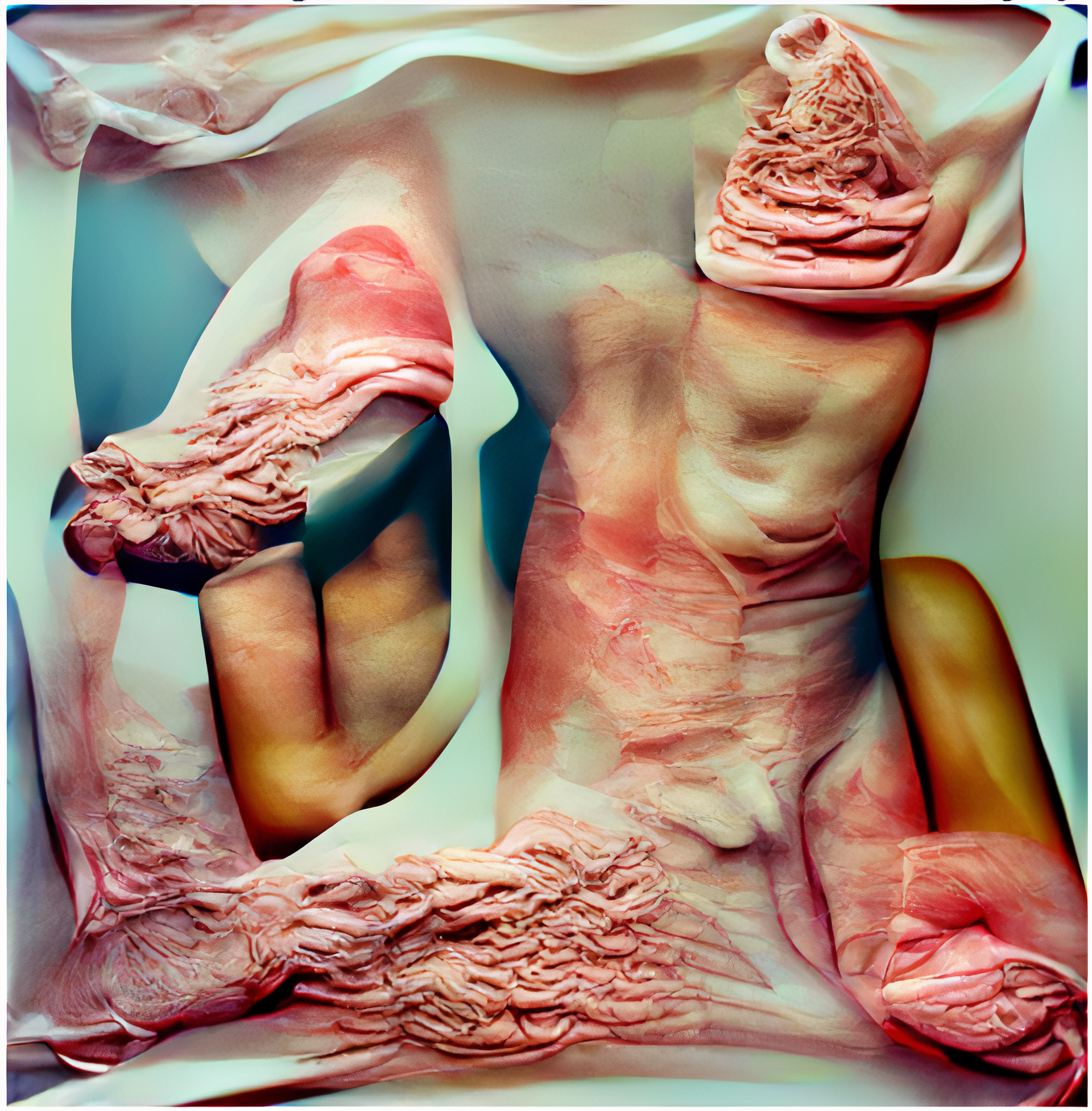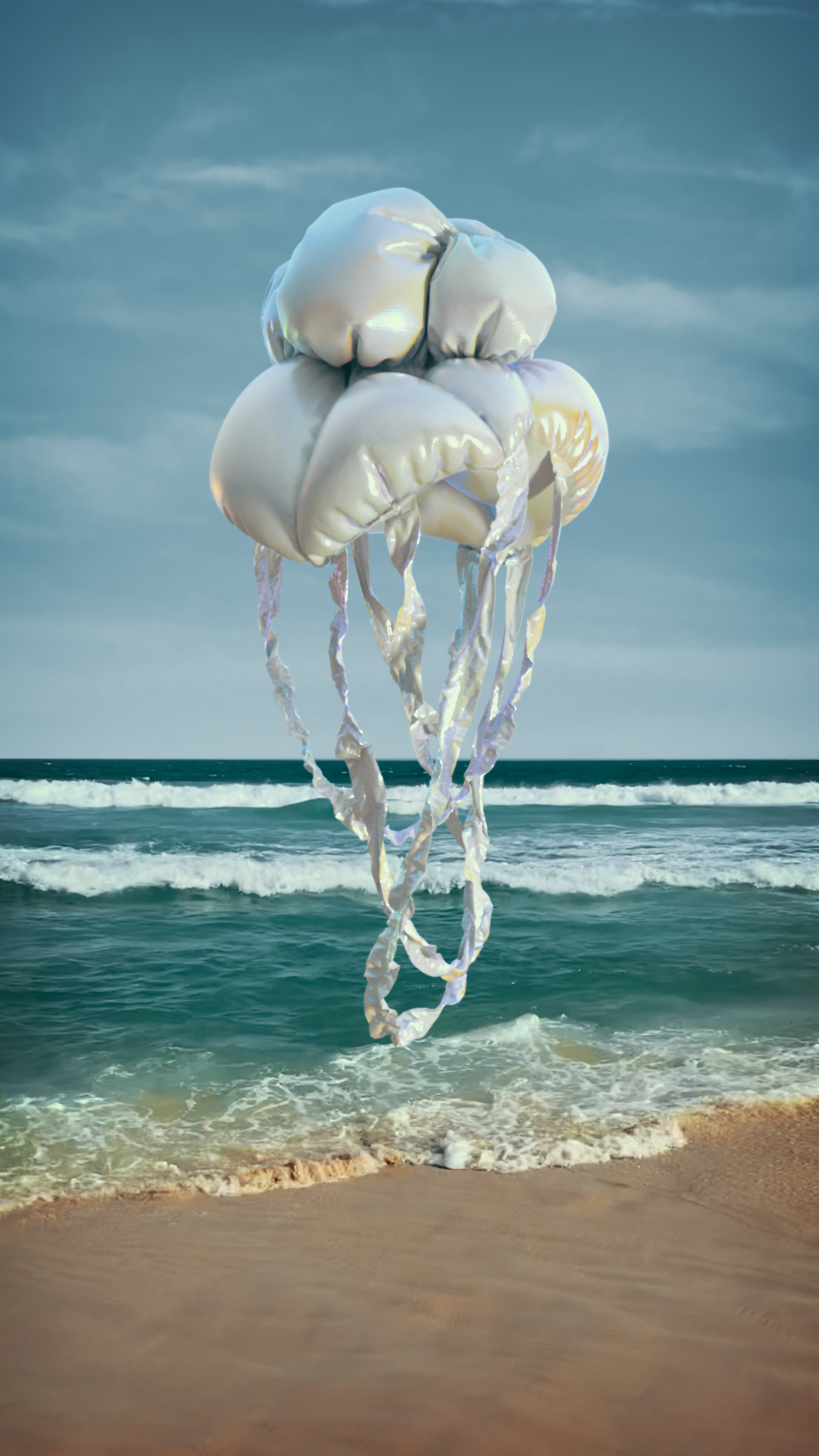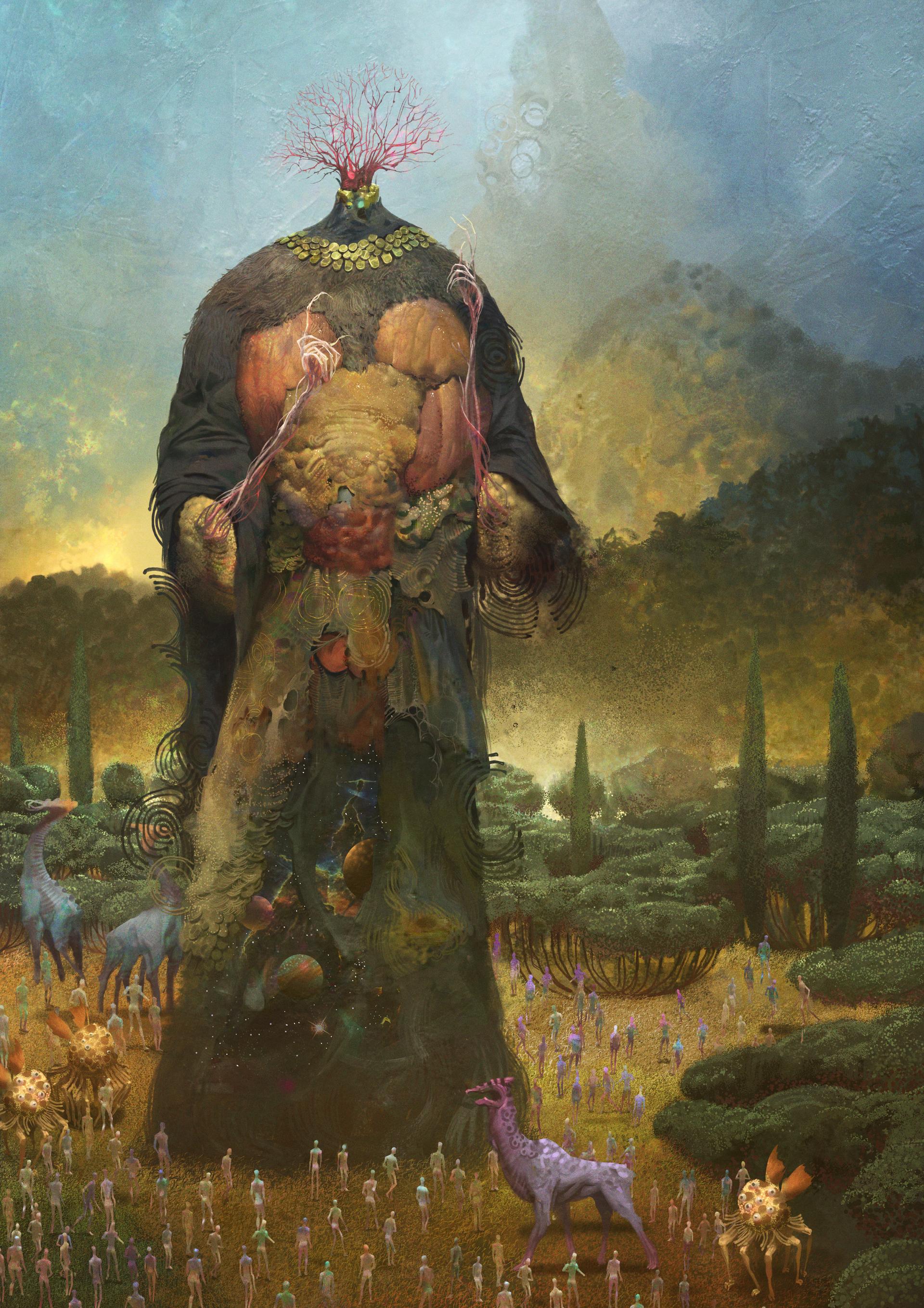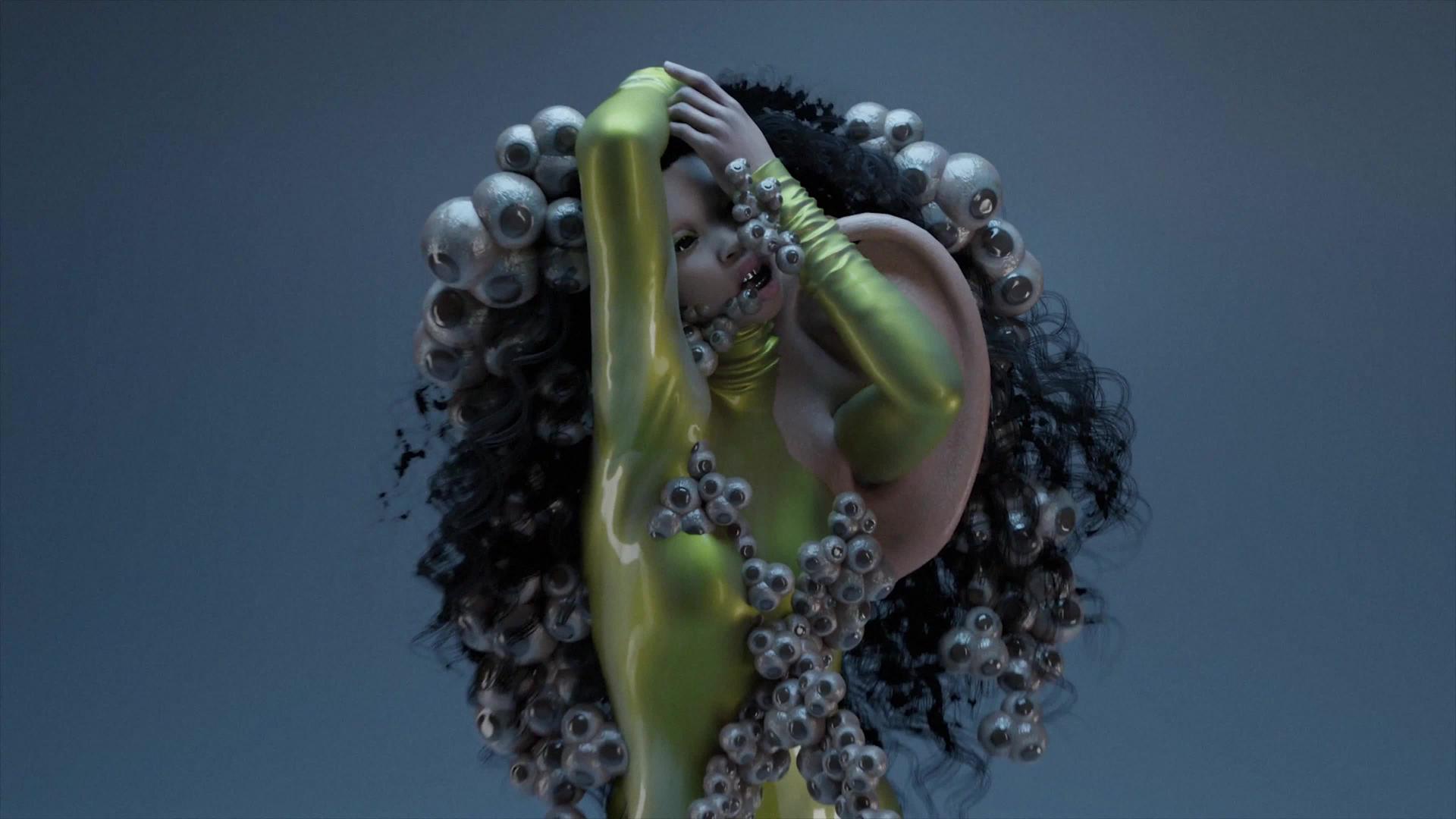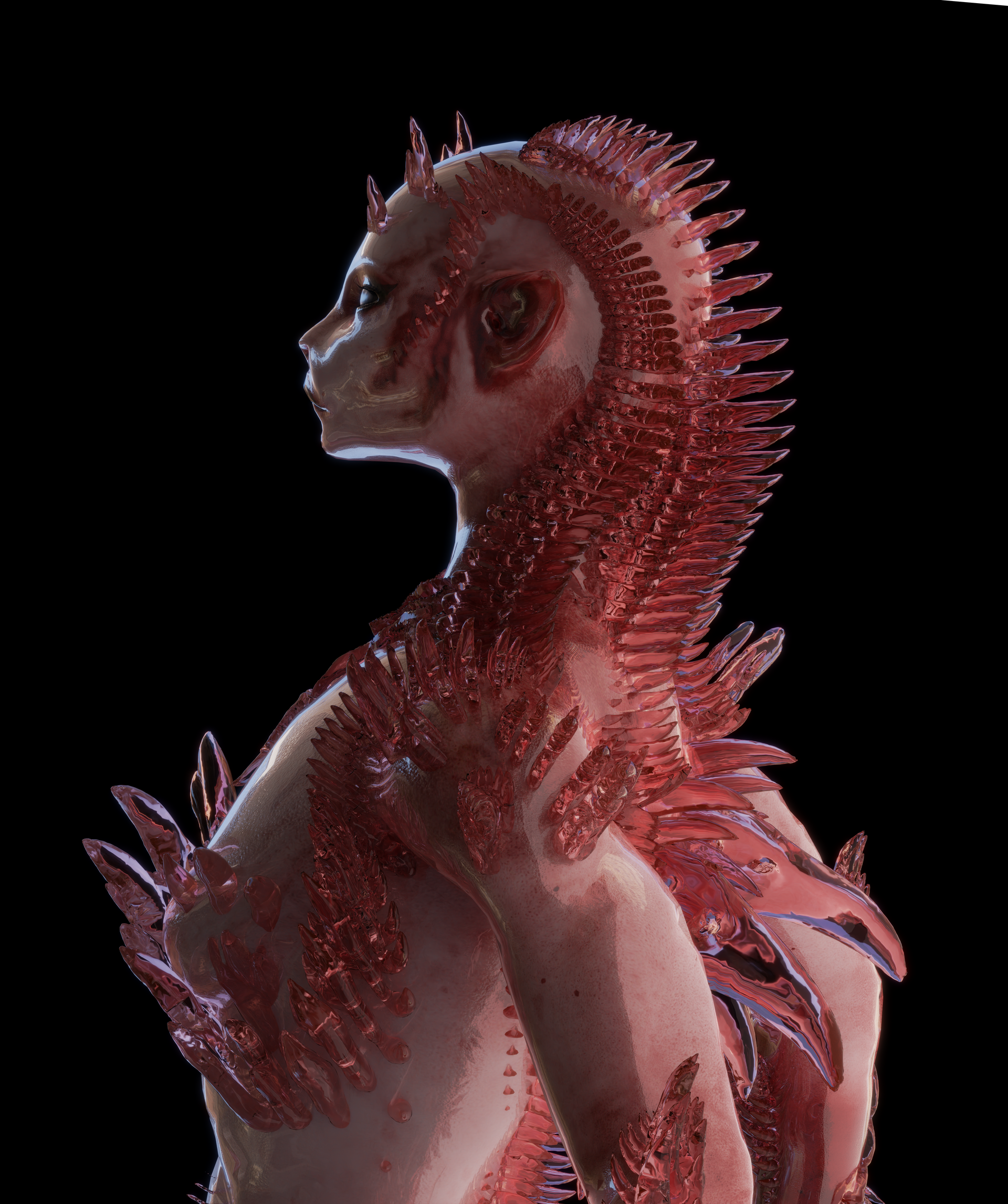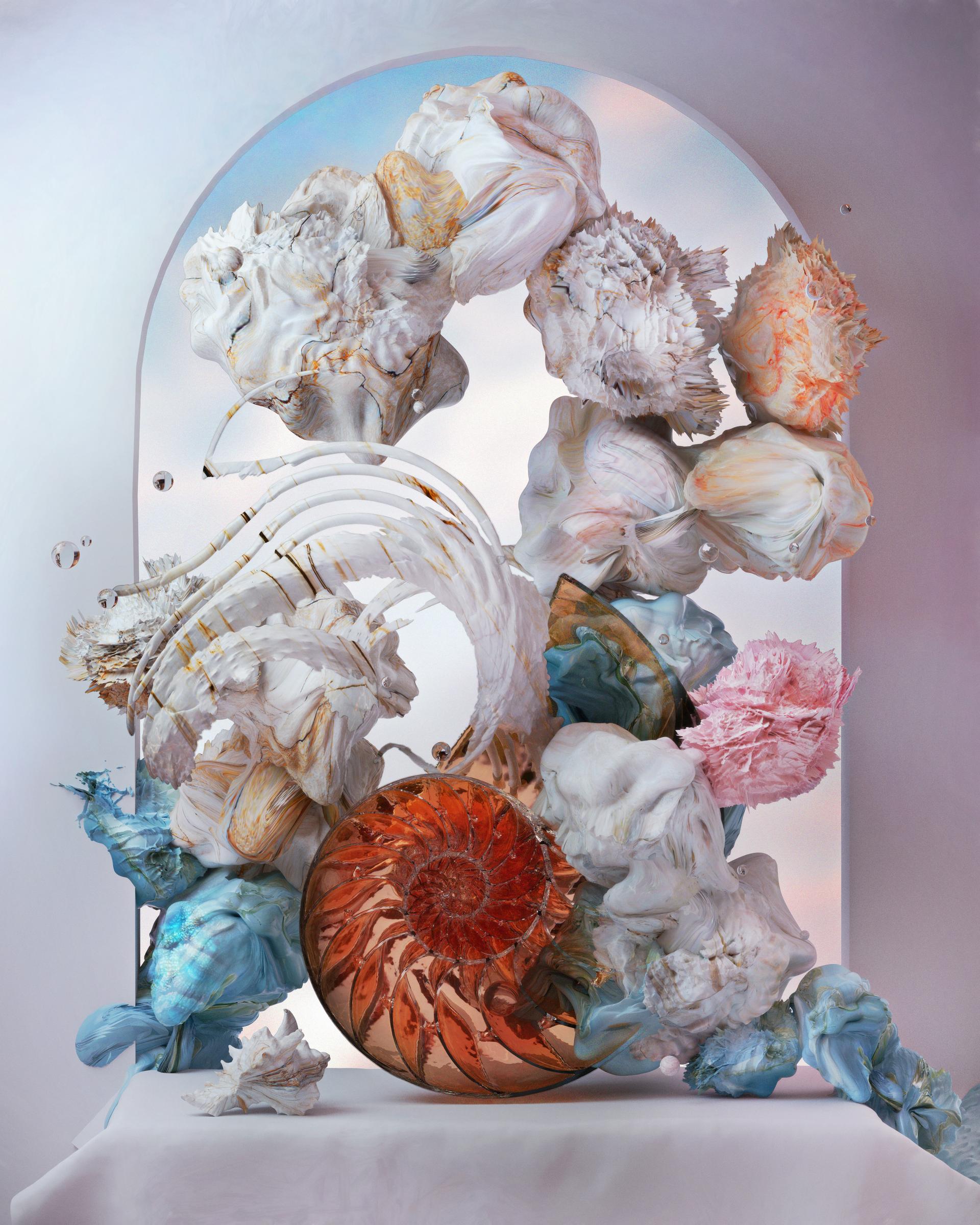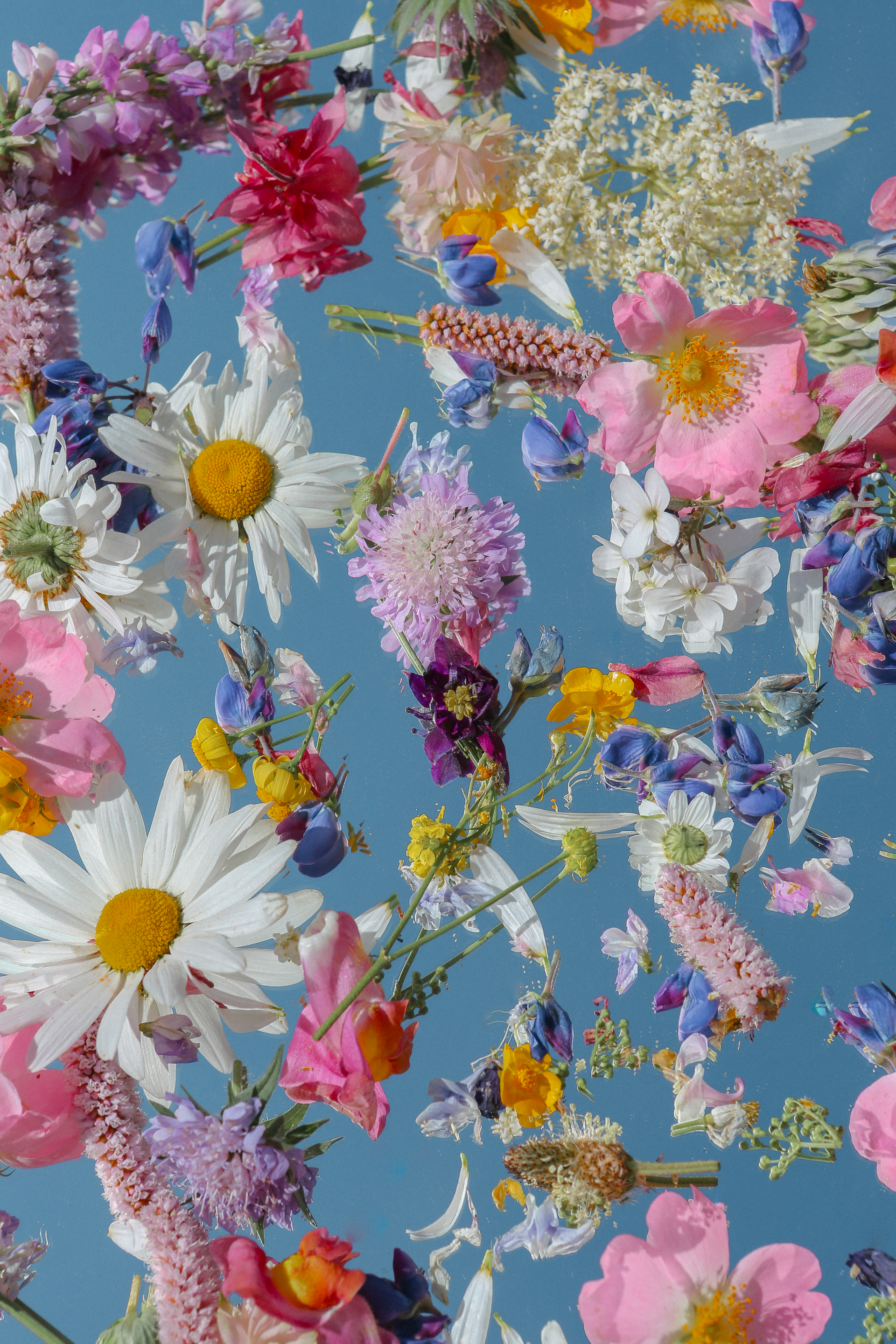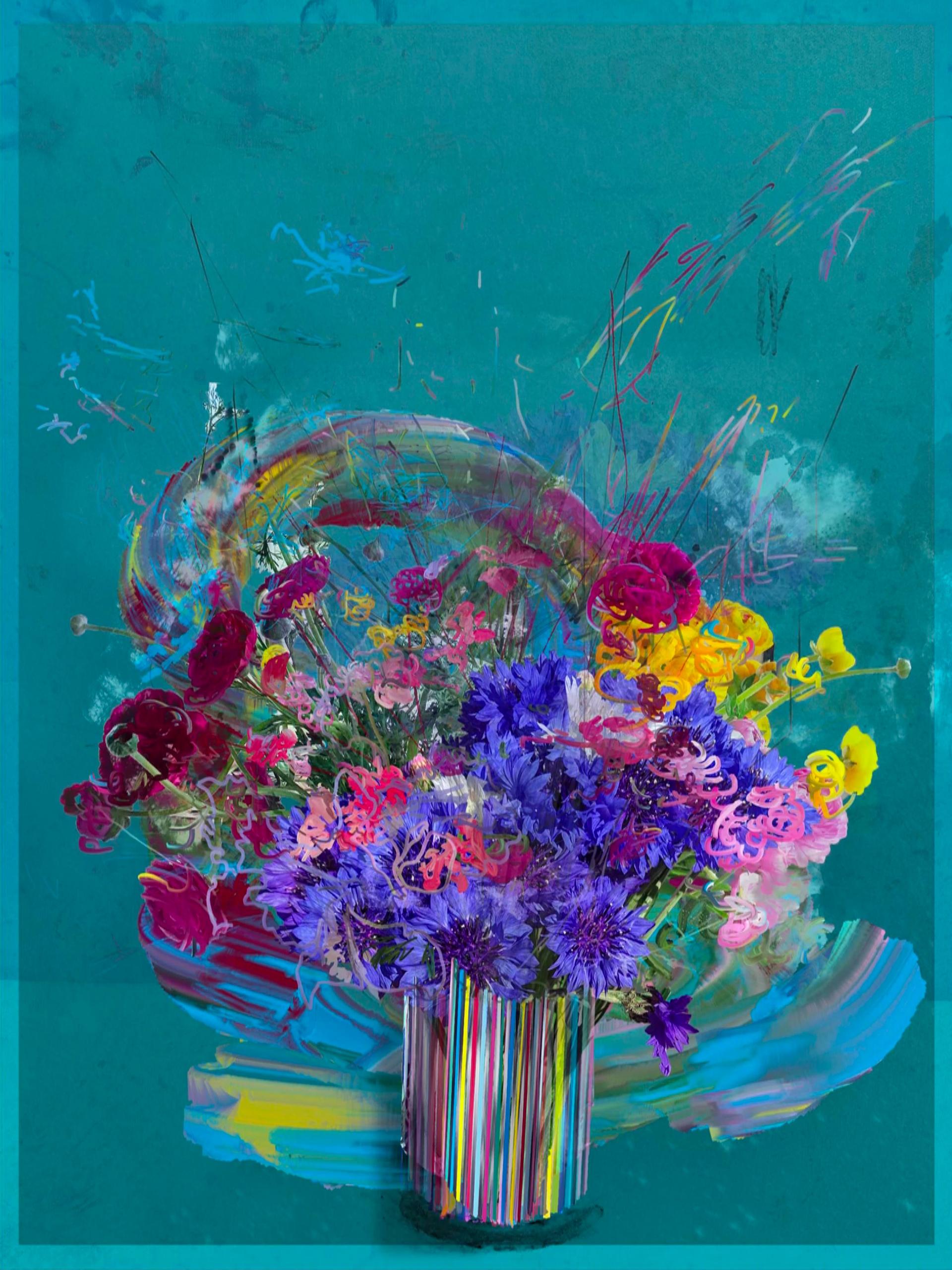The intersecting modalities of presenting art and natural sciences have a longstanding history, especially through institutionalized venues, hence, “defining” and “accessing” the knowledge that both disciplines generate have been conditioned by the terms of these institutionalized environments. These environments have always been portrayed in relation to an idea of a presence of a “place/venue,” which creates a background of an aggregation of validified and recognized settings. This idea has inevitably been coded by the politics of representation. Regardless of multiple connections between and beyond art and natural sciences, these two disciplines and the content of the displayed subject, once it comes to representation, the knowledge is always generated through the setting as the extension of the very idea that sets the context. Yet, by harnessing blockchain technology, an NFT uses the digital medium to create an autonomous environment that is totally detached from its context and the presence of its setting, which refers to a structured and controlled environment. By isolating the subject, the NFT semantically cuts the relationships between different pieces of information and creates a temporary “non-place,” to use Marc Augé’s term.
But what is the context that an NFT suggests? Could such a fictive and heterotopic mode of presentation propose a new perception and definition of an ecosystem of a third context? The examples below deliberately use visual extracts or fragments of cliché aesthetics of scientific and medical experiments and operations. In the same line of inquiry, is it possible to read this tendency as an ideological manifestation of this third context?
The intersecting modalities of presenting art and natural sciences have a longstanding history, especially through institutionalized venues, hence, “defining” and “accessing” the knowledge that both disciplines generate have been conditioned by the terms of these institutionalized environments. These environments have always been portrayed in relation to an idea of a presence of a “place/venue,” which creates a background of an aggregation of validified and recognized settings. This idea has inevitably been coded by the politics of representation. Regardless of multiple connections between and beyond art and natural sciences, these two disciplines and the content of the displayed subject, once it comes to representation, the knowledge is always generated through the setting as the extension of the very idea that sets the context. Yet, by harnessing blockchain technology, an NFT uses the digital medium to create an autonomous environment that is totally detached from its context and the presence of its setting, which refers to a structured and controlled environment. By isolating the subject, the NFT semantically cuts the relationships between different pieces of information and creates a temporary “non-place,” to use Marc Augé’s term.
But what is the context that an NFT suggests? Could such a fictive and heterotopic mode of presentation propose a new perception and definition of an ecosystem of a third context? The examples below deliberately use visual extracts or fragments of cliché aesthetics of scientific and medical experiments and operations. In the same line of inquiry, is it possible to read this tendency as an ideological manifestation of this third context?
